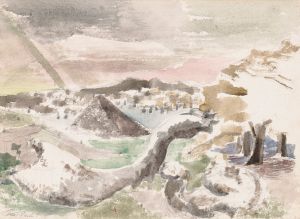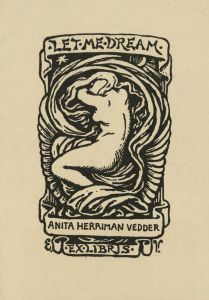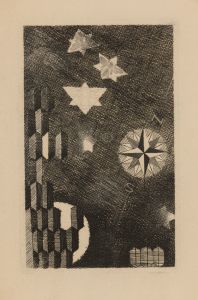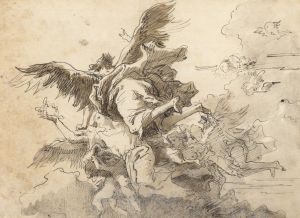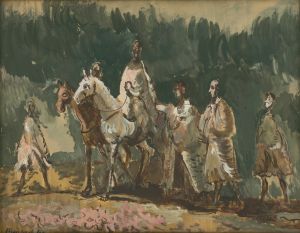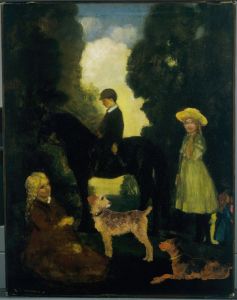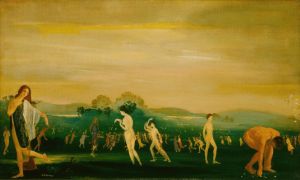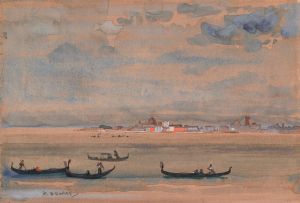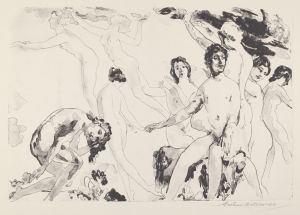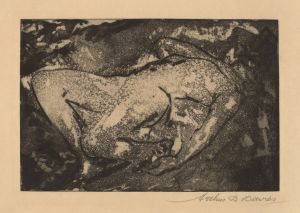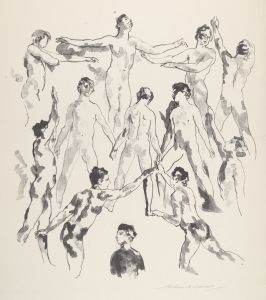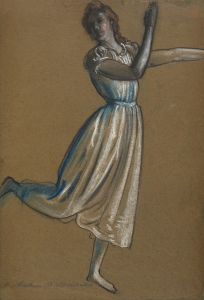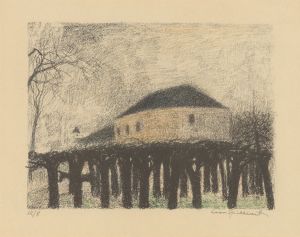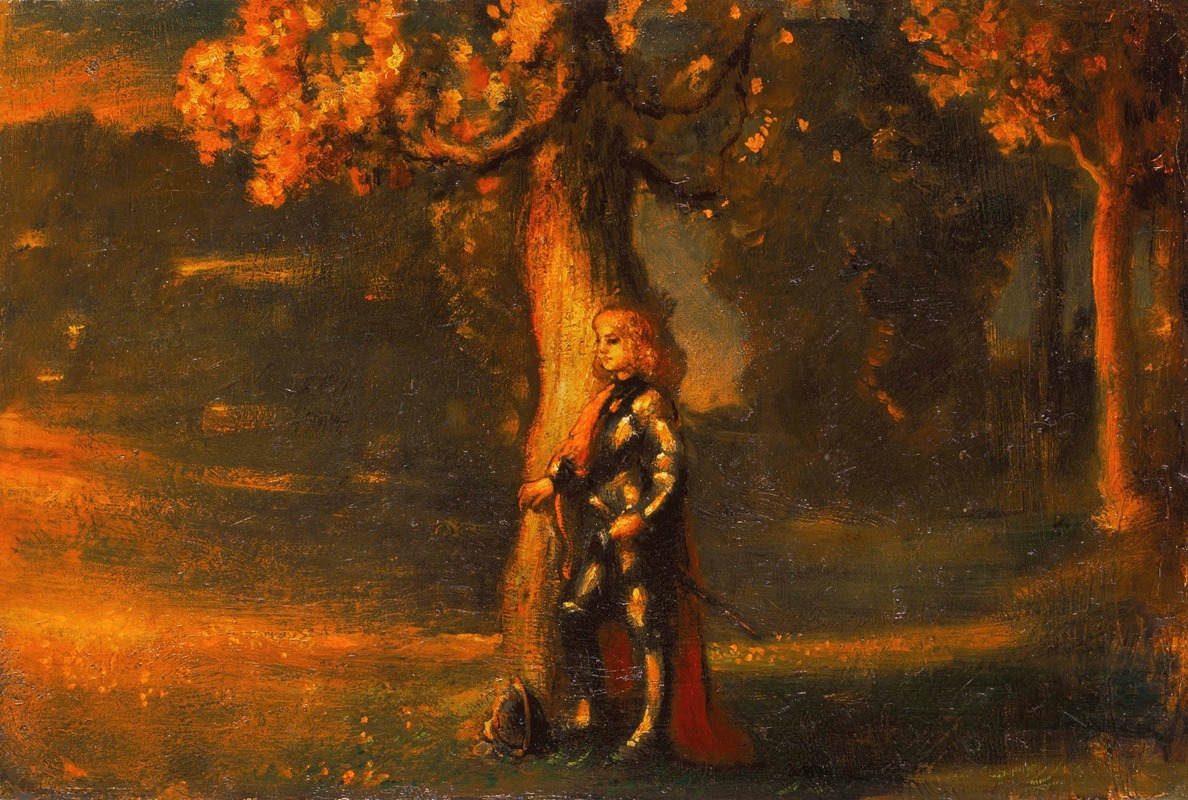
Visions of Glory
A hand-painted replica of Arthur Bowen Davies’s masterpiece Visions of Glory, meticulously crafted by professional artists to capture the true essence of the original. Each piece is created with museum-quality canvas and rare mineral pigments, carefully painted by experienced artists with delicate brushstrokes and rich, layered colors to perfectly recreate the texture of the original artwork. Unlike machine-printed reproductions, this hand-painted version brings the painting to life, infused with the artist’s emotions and skill in every stroke. Whether for personal collection or home decoration, it instantly elevates the artistic atmosphere of any space.
Arthur Bowen Davies (1862–1928) was an American artist known for his contributions to the Symbolist and early Modernist movements in the United States. One of his notable works is "Visions of Glory," a painting that exemplifies his unique style and thematic interests.
"Visions of Glory" is a testament to Davies' fascination with ethereal and dreamlike imagery. The painting features a composition that blends elements of fantasy and reality, a hallmark of his work. Davies often drew inspiration from mythology, allegory, and the subconscious, and "Visions of Glory" is no exception. The painting depicts a serene and otherworldly scene, characterized by its soft, flowing lines and a harmonious color palette.
Davies was a key figure in the American art scene during the late 19th and early 20th centuries. He was a member of The Eight, a group of artists who challenged the conservative art establishment of their time. The group, also known as the Ashcan School, was known for its realistic and unidealized portrayals of everyday life. However, Davies' work often diverged from the gritty urban scenes favored by his contemporaries, instead focusing on more mystical and idealized subjects.
"Visions of Glory" reflects Davies' interest in the transcendental and the sublime. The painting's composition is carefully balanced, with figures and forms that seem to float in a dreamlike space. This sense of weightlessness and fluidity is enhanced by Davies' use of light and shadow, which creates a sense of depth and dimension. The figures in the painting are often depicted in graceful, flowing poses, adding to the overall sense of harmony and tranquility.
Throughout his career, Davies was influenced by a variety of artistic movements and styles, including Symbolism, Art Nouveau, and early Modernism. His work often incorporated elements of these styles, resulting in a unique and eclectic aesthetic. "Visions of Glory" is a prime example of this synthesis, combining the decorative elegance of Art Nouveau with the introspective and symbolic qualities of Symbolism.
Davies' contributions to American art were significant, and his work was widely exhibited and collected during his lifetime. He played a crucial role in organizing the 1913 Armory Show, a landmark exhibition that introduced American audiences to European avant-garde art. This event had a profound impact on the development of Modernism in the United States, and Davies' involvement underscored his commitment to artistic innovation and experimentation.
"Visions of Glory" remains an important work in Davies' oeuvre, exemplifying his ability to blend technical skill with imaginative vision. The painting continues to be appreciated for its beauty and its ability to evoke a sense of wonder and contemplation. Through works like "Visions of Glory," Arthur Bowen Davies left an enduring legacy in the world of American art, influencing future generations of artists and contributing to the evolution of modern artistic expression.





